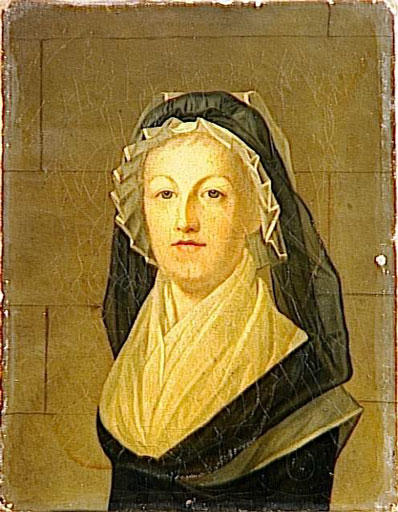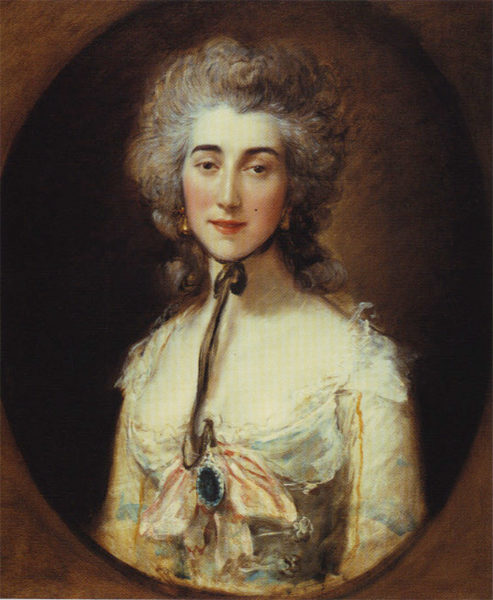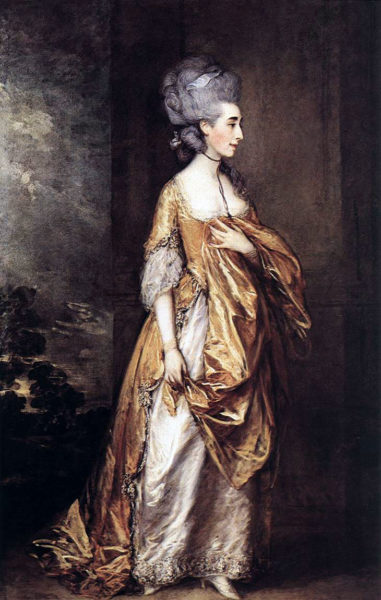Stew’s Introduction
I’m very pleased to have Mark Vaughan as our guest blogger today. Mark’s blog is about the economics of the French Revolution and I hope you connect the tag line to Marie Antoinette and her misquoted, “Let them eat cake.” Mark is a Ph.D. economist and was recently asked to put together a seminar on the economics of the French Revolution. I thought an abbreviated discussion might be interesting as this topic is rarely (if ever) discussed in the history books. While we knew the crops failed and France was on the verge of bankruptcy at the time, little do we understand the country’s overall economy and the direct effect it had on the Revolutionaries. More on Mark and how we met a little later on.

The French Revolution fascinates because of the fascinating characters and headline events. Thanks to Stew, anyone can stand in the exact spot where a shivering, prematurely gray widow, apologized to her executioner for stepping on his foot. But what if something more pedestrian than Marie Antoinette and the guillotine drove events?
Around the Revolution’s bicentennial, economists began applying their craft to late 18th century France. This research suggests basic economic principles explain much of the Revolution’s dynamics – principles like governments must pay their bills, politicians respond to interest groups, printing money causes inflation, and price controls produce shortages. Read More La Révolution Français – The Economics of Eating Cake



